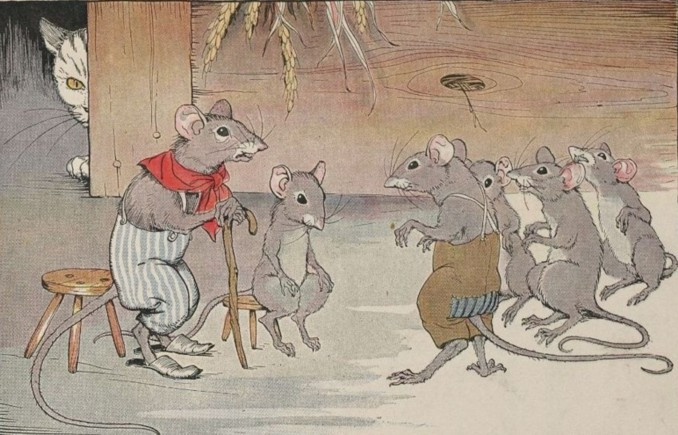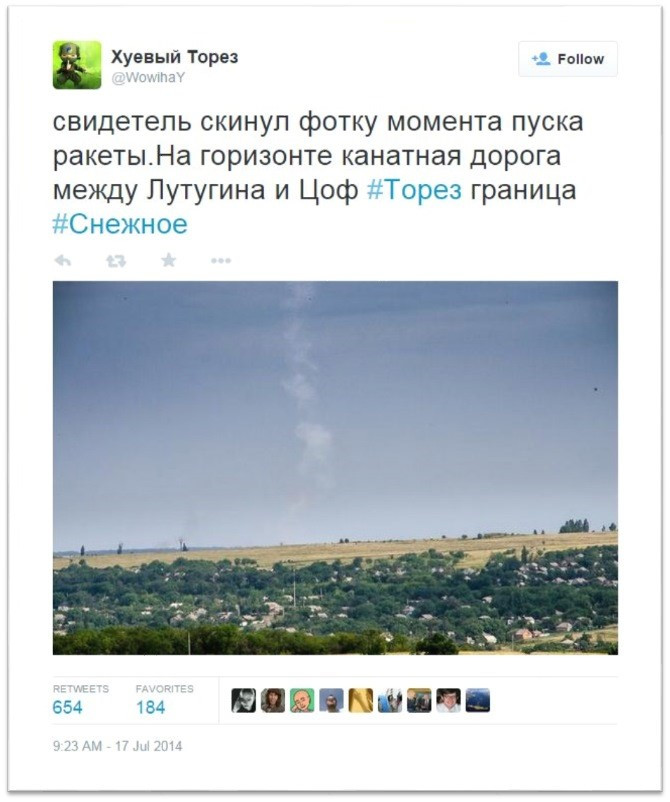
Digital detectives
Advancing human rights through internet investigations
Demonstrators flooded the streets across the United States and around the world in the summer of 2020, outraged by a ten-minute video—filmed on a cell phone and viewed by millions on social media—documenting the horrific killing of George Floyd by the police. Though most events remained peaceful, some didn’t. Videos and photos from Black Lives Matter demonstrations across the country—also posted to social media—captured more than a thousand incidents of police responding with seemingly unwarranted aggression towards protesters, journalists, and medical volunteers.
Two novel organizations collected and analyzed this content: Bellingcat (a Netherlands-based, “independent, international collective of researchers, investigators, and citizen journalists”) and Forensic Architecture (a research agency at Goldsmiths, University of London). Together, the teams created an interactive data visualization of where and when violence occurred. The digital compilation highlighted the police’s excessive use of kinetic impact projectiles (rubber and plastic bullets) and chemical agents. In a similar way, social media has been instrumental in identifying individuals involved in the January 6, 2021, attack on the U.S. Capitol. According to court filings, federal investigators received more than 210,000 tips, many including video and photos that the insurgents and witnesses had posted to social media.

Such “open-access” evidence is available to anyone with a computer and internet connection—if they know how to find it. Working in the Human Rights Investigations Lab for the Americas, UC Santa Cruz students have become adept at this new type of research, using it to investigate protests in Chile, COVID-19’s spread in Latin America, the extent of online disinformation about the Black Lives Matter movement, and other matters that remain confidential. “I have the privilege,” said associate professor of Latin American and Latino studies Sylvanna Falcón, the lab’s founder and director, “to work with amazing students.”
New tools
While human rights investigations traditionally relied on interviews and on-the-ground reporting, widely adopted technology now provides another, increasingly important source of information. Cell phone cameras allow anyone to take video and photos, which social media can then rapidly spread around the world. One of the earliest to recognize the potential value of this content was Bellingcat founder Eliot Higgins. Higgins, a former administrator, began his online investigative efforts in 2011 while viewing the surprisingly copious footage he had found online from conflicts in Libya and Syria. “Hardly any of that was making it onto the news,” said Giancarlo Fiorella, a Bellingcat investigator and Latin America specialist who has helped train the UCSC students.
Higgins became an expert on weapons used in the Syrian civil war by examining the large number of posted YouTube videos, discovering the army’s use of home-made cluster bombs, documenting their use of chemical weapons, and noting the rebels’ reliance on Yugoslav-made guns. In 2014, he founded Bellingcat to perform more such investigations, including the crash of Malaysia Airlines Flight 17 in Ukraine that year.

Human rights organizations have also begun using the open source approach for their investigations, with Amnesty International (AI) an early adopter. In 2016 and 2017, AI investigators confirmed attacks by Myanmar forces against the Rohingya minority by matching features in videos and photos of burning villages with satellite imagery on Google Earth. These findings enabled them to refute the Myanmar government’s claims that military operations had ended.
Journalists have also adopted open source investigative methods. Rather than replacing traditional reporting, however, these methods are more appropriately thought of as useful additions to the toolkit, said Christiaan Triebert, a former Bellingcat investigator and now a reporter on the visual investigations team of the New York Times. “You can use all of that openly available information to further your story,” he said. For example, the team’s video “How George Floyd was killed in police custody” used security camera footage, police scanner audio, and bystanders’ videos, in addition to documents and reporting, to construct a detailed timeline of Floyd’s final minutes.
Free for all
“The strength of open source investigation is that everyone with a laptop and an internet connection can do it,” Triebert said. AI, for example, has embraced open source methods, crowdsourcing investigations with their Amnesty Decoders platform by recruiting thousands of volunteers to evaluate evidence, like satellite photos and Twitter posts. In addition, their Digital Verification Corps program provides in-depth mentorships for students at partner universities around the globe. “The idea is to train the next generation of human rights researchers who can integrate open source methods into their work,” said Mitchell Paquette, coordinator of the Digital Verification Corps.
UC Berkeley, the founding university in the Digital Verification Corps, established its Human Rights Investigations Lab in the Human Rights Center (HRC) in the fall of 2016. Since then, Berkeley students from dozens of majors and minors have worked in the lab to help support the work of advocacy organizations, legal partners, and news organizations.
“It’s a new age of student involvement with human rights work,” said Andrea Lampros, associate director and co-founder of the HRC Investigations Lab. “The work gives students a rare chance to collaborate with real-world partners while leveraging university resources to promote human rights,” she said. Lampros also serves as the lab's “resiliency manager,” providing training to the Berkeley and UCSC student investigators on how to think about and mitigate secondary trauma potentially caused by exposure to graphic videos and photographs.
Signing on
Tapping the experience of the Berkeley group, Falcón established the UCSC Human Rights Investigations Lab in the fall of 2019. In the first year, students undertook projects to examine massive protests against social inequality in Chile, motivated by reports from classmates studying there. As with the George Floyd demonstrations, some of these protests turned violent as police employed tear gas, water cannons, and other repressive tactics against protesters.

The work was very much student-initiated and student-driven, Falcón said. In one report, students from UCSC and Berkeley worked together to explore the discrepancy between violent imagery on social media and the Chilean government’s account of events. In a second report, students honored some of those who died during the protests. In a third report, students detailed the days leading up to the death in jail of prominent activist Germán Aburto.
Finding content is just the first step. “Once we find images and videos we think could help us, we have to verify them, to know they’re from a reliable source and actually showing us the truth,” said Yoselyne Cerros, who completed her second year as one of the lab’s undergraduate researchers. That means matching up details in a photo or video with what’s available on Google Maps or Google Earth. Clues, like a bus with an area code or a store name, can sometimes confirm an image’s location, Cerros said.

Verification is crucial given the prevalence of false information, or “disinformation,” often intentionally spread by officials as propaganda. This past year, one student group investigated how government officials in Latin America reported on COVID-19 to the public. Scouring Facebook and Twitter posts, they created a timeline of milestone events, like each country’s first case and death, to identify trends among Latin American countries. “We’ve been surprised at how different governments have responded,” said Monica Mikhail, a Ph.D. candidate in anthropology and one of the lab’s graduate student researchers. They found, for example, that Brazil and Venezuela spread a good deal of disinformation about medical treatments.
The skills learned by the students have changed how they now approach information. “When I look at something and go through my Twitter feed, I feel like I have these glasses on that really show me the real world,” said Cerros. With the aim of propagating these skills and further professionalizing the field, the Berkeley Human Rights Center and the United Nations High Commissioner for Human Rights co-published in 2020 the Berkeley Protocol on Digital Open Source Investigations, the first global guidelines for conducting digital investigations. The Berkeley Protocol gives investigators guidance for finding and verifying information and details steps they should take to protect themselves and others, including sources, who become involved.
Especially because of the increasing amount of disinformation being spread via social media, “We're going to be seeing a lot more teaching and training related to open source investigations and digital fact-finding,” said Lampros. Efforts to expand the work are already underway: the 2021 UC Multicampus Research Programs and Initiatives competition awarded a $780,000 grant to UC Berkeley, UCSC, and UCLA to establish the UC Network for Human Rights and Digital Fact-Finding, and fund a third Investigations Lab at the UCLA Promise Institute for Human Rights. The expansion fits with Bellingcat’s and the general philosophy of others for open source investigations. “We want everyone to be able to do this,” said Fiorella, “The more people the better.”

